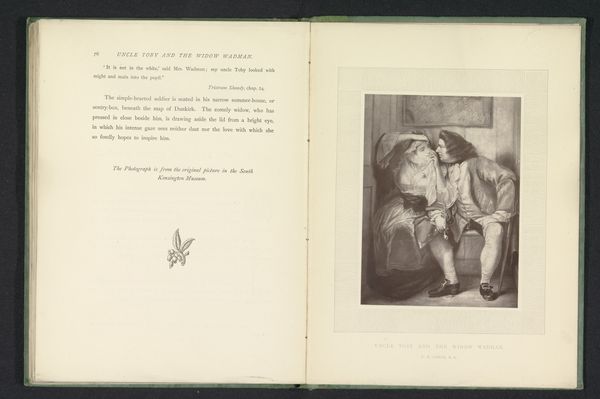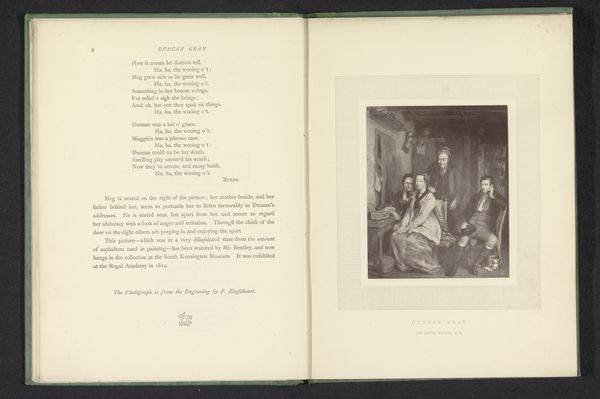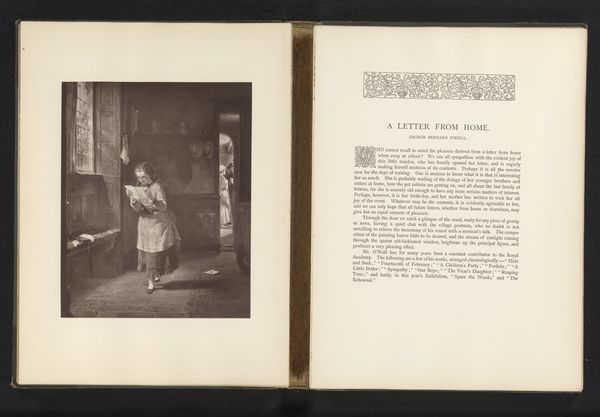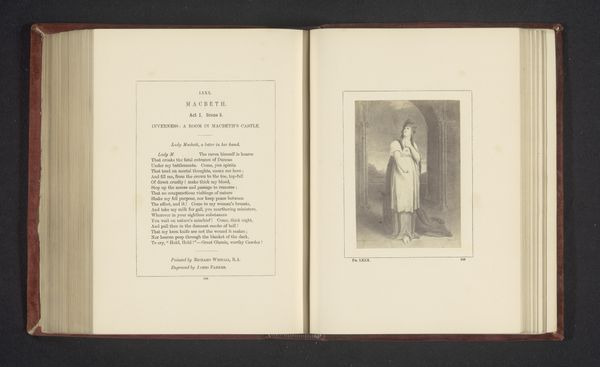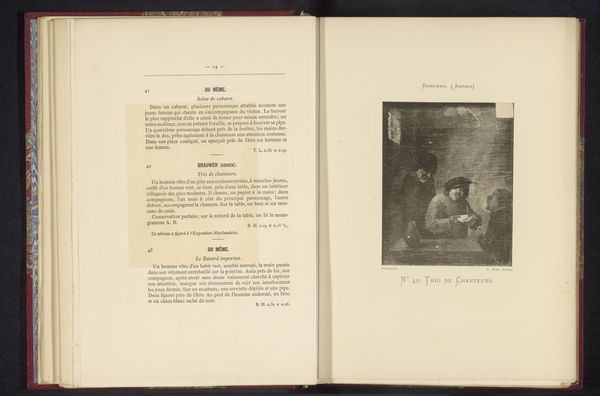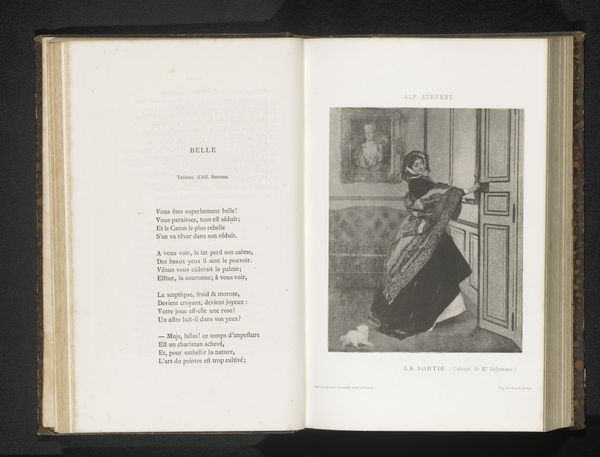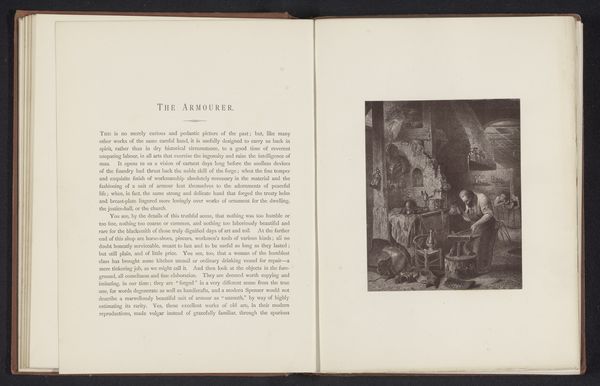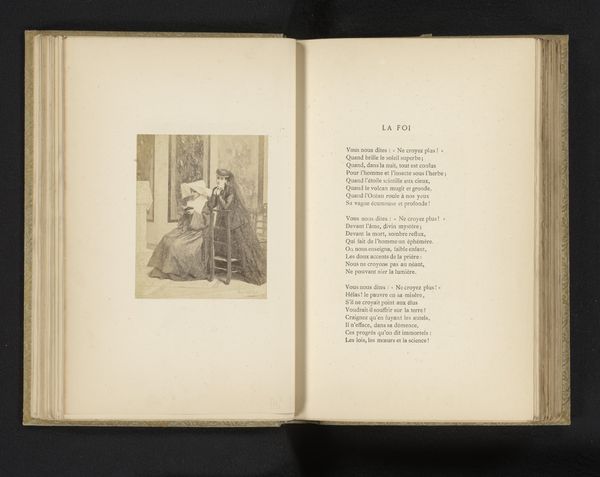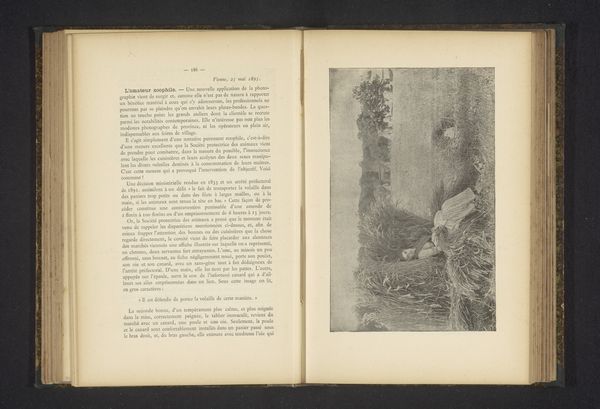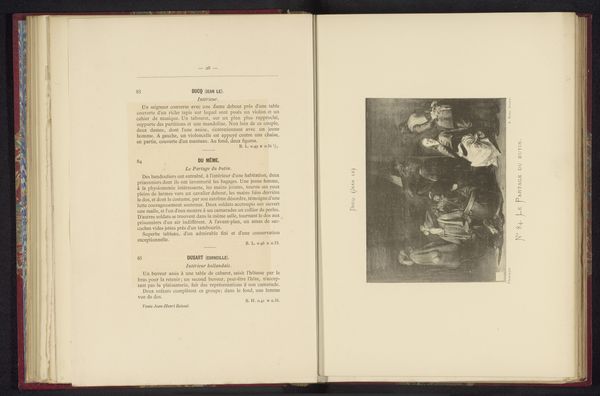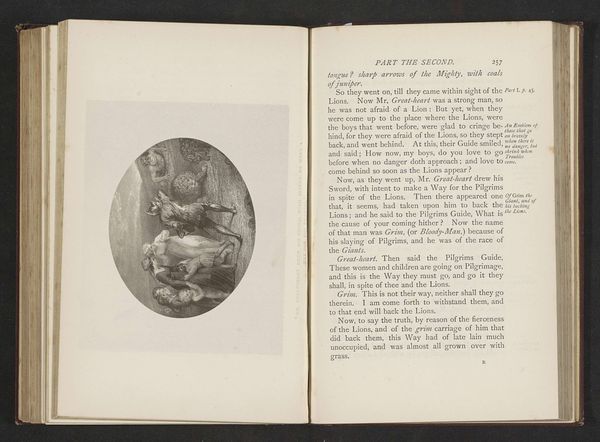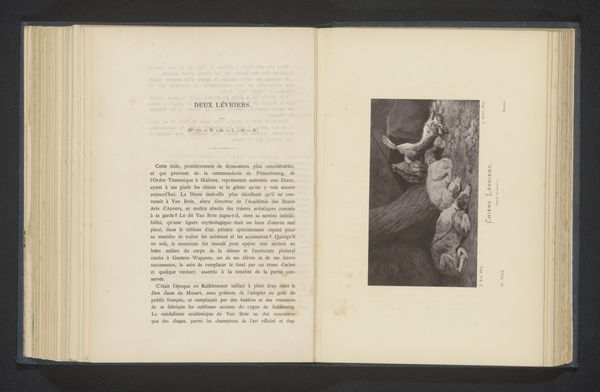
print, photography, gelatin-silver-print
#
portrait
# print
#
photography
#
gelatin-silver-print
#
genre-painting
Dimensions: height 178 mm, width 89 mm
Copyright: Rijks Museum: Open Domain
Editor: This photograph, titled "Jongen op klompen in een deuropening," which translates to "Boy in clogs in a doorway," is by Paul Bourgeois and dates to before 1898. It’s a gelatin-silver print and, well, it’s quite charming! The textures of the stone and wood seem very pronounced. What historical elements really stand out to you? Curator: Considering this image through a historical lens, the "genre painting" aspect is most notable. Before the proliferation of photography, everyday scenes of ordinary people were often rendered in paint. The title, as well, presents the boy as a type, as "boy in clogs." But with photography came the possibility of capturing a seemingly unmediated reality. What Bourgeois has done here is borrow a painterly genre and insert photography into it, legitimizing it as an artistic form. Does that tension resonate with you at all? Editor: Absolutely. It feels almost like he's trying to elevate photography to the level of traditional painting by using a subject matter familiar from that realm. Was this a common approach for photographers at the time? Curator: Indeed. In the late 19th century, photographers were grappling with how to establish their medium as a legitimate art form, on par with painting and sculpture. Many emulated established artistic styles and subject matter, consciously composing their shots and using techniques to soften the photographic image, making it more "painterly." Editor: So, by photographing an ordinary boy in a style reminiscent of genre painting, Bourgeois isn't just capturing a moment; he’s making a statement about the artistic potential of photography. Curator: Precisely. It reveals the societal forces at play in shaping the reception of photography as art. The art world often dictates its expectations and trends, thus, if photography wanted a seat at the table, then it must emulate those ideals. Editor: This conversation shifted my perception of photography's claim to "capture" an image to how it borrows one. Curator: A pertinent observation, and crucial to understand.
Comments
No comments
Be the first to comment and join the conversation on the ultimate creative platform.
